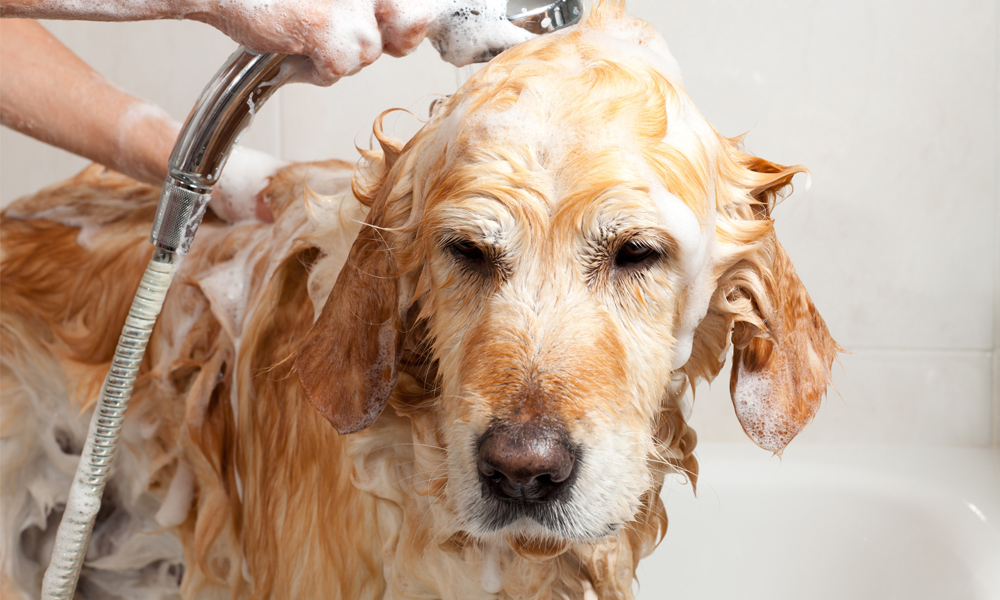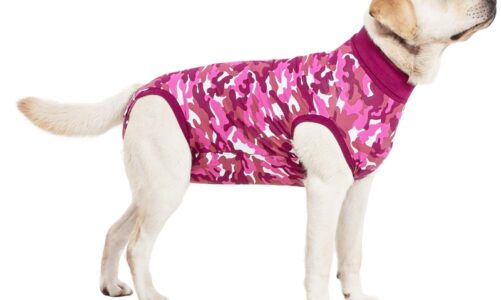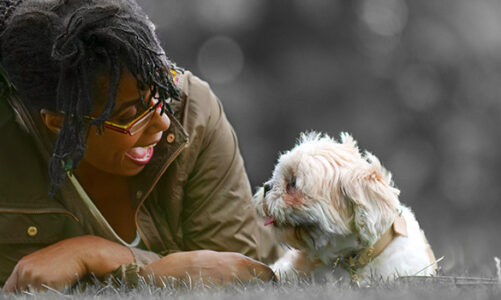Grooming your pet regularly not only keeps them looking their finest but also contributes to their physical comfort and even helps detect early signs of health issues. Determining the right frequency for professional grooming services is challenging, as it depends on various factors specific to your pet.
Factors influencing grooming frequency
- Pet type and breed
Different animals and breeds have varying grooming needs. For example, a long-haired dog will require more frequent grooming than a short-haired domestic dog.
- Coat type and length
Depending on the type and length of your pet’s coat will significantly impact grooming frequency. Pets with long, thick, or curly coats typically need more frequent grooming than those with short, smooth coats.
- Lifestyle and activity level
Pets who spend much time outside may need more frequent grooming to avoid potential parasites.
- Shedding patterns
Some pets shed more than others, and certain breeds have specific shedding seasons. These factors influence how often your pet needs professional grooming.
- Skin conditions
Pets with skin allergies or other dermatological issues may require more frequent grooming with special products.
Grooming frequency guidelines by pet type
While individual needs may vary, here are some general guidelines for grooming frequency based on pet type:
Dogs
Dog grooming needs vary widely depending on their breed and coat type. It is easier to find the right care for your canine companion when you choose a Pet Store Franchise that offers grooming services tailored to different breeds of dogs.
Short-haired breeds (e.g., Beagles, Boxers)
- Professional grooming – Every 4-6 weeks
- At-home brushing – 1-2 times per week
Medium to long-haired breeds (e.g., Golden Retrievers, Collies)
- Professional grooming – Every 4-8 weeks
- At-home brushing 2-3 times per week
Curly or woolly coats (e.g., Poodles, Bichon Frise)
- Professional grooming – Every 3-4 weeks
- At-home brushing – Daily
Double-coated breeds (e.g., Huskies, German Shepherds)
- Professional grooming – Every 6-8 weeks
- At-home brushing – 3-4 times per week, more during the shedding season
Seasonal Considerations
- Spring and summer
As the weather warms up, many pets lose their winter coats. During these seasons, you may need to increase your grooming frequency to manage hair loss and prevent matting. Pet store franchises offer special de-shedding treatments during peak shedding seasons.
- Fall and winter
In the colder months, pets grow thicker coats. Regular grooming during this time prevents matt and keeps the coat healthy. Be cautious about overshooting, which might remove too much of the protective winter coat.
Special grooming needs
- After outdoor adventures – If your pet enjoys hiking, swimming, or playing in muddy areas, they may need extra grooming sessions to remove dirt, debris, and potential parasites.
- Before special events – Many pet owners schedule grooming appointments before holidays, photoshoots, or family gatherings to ensure their pets look their best.
- Health-related grooming – Pets with skin conditions, allergies, and other health problems may require regular grooming with medicated products. Always consult your veterinarian for specific recommendations.
As well as keeping your pet looking and smelling well, it contributes to their overall health. Regular grooming, combining at-home care with professional services, keeps your pet clean, comfortable, and healthy.




